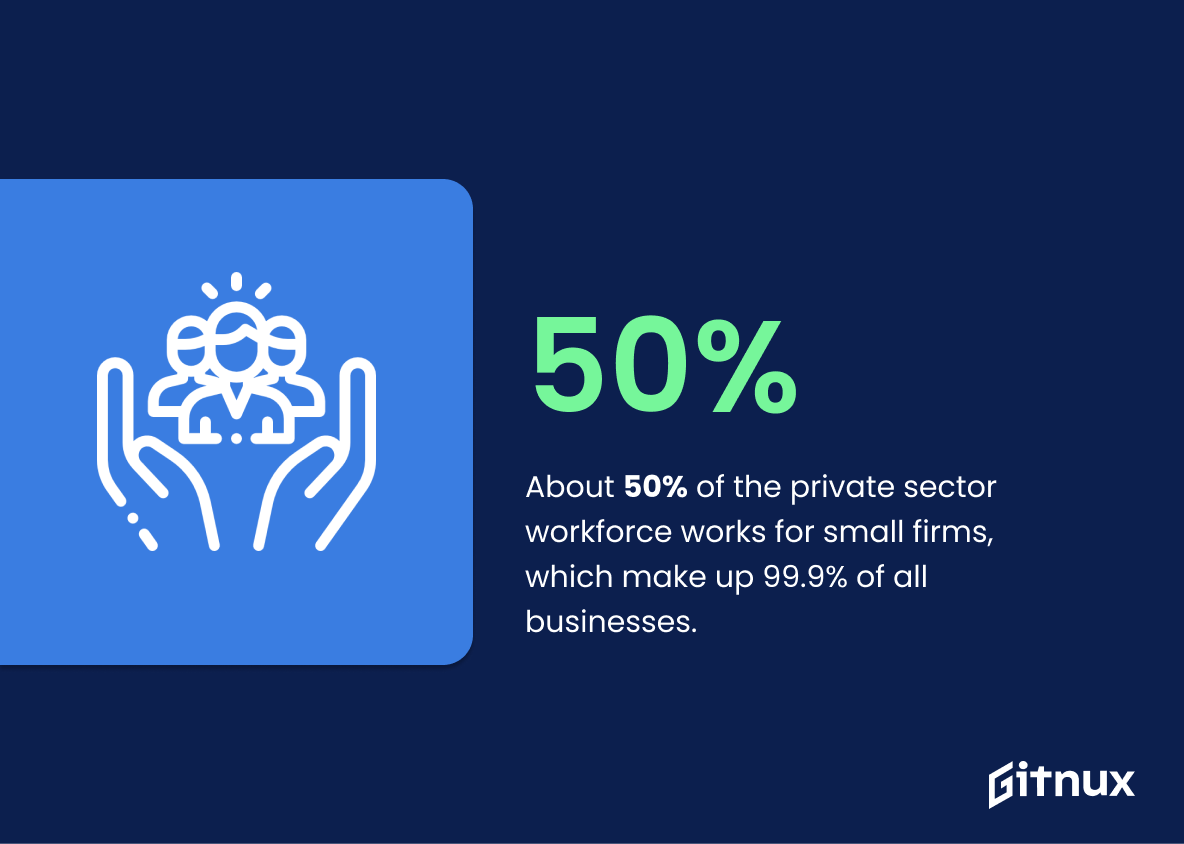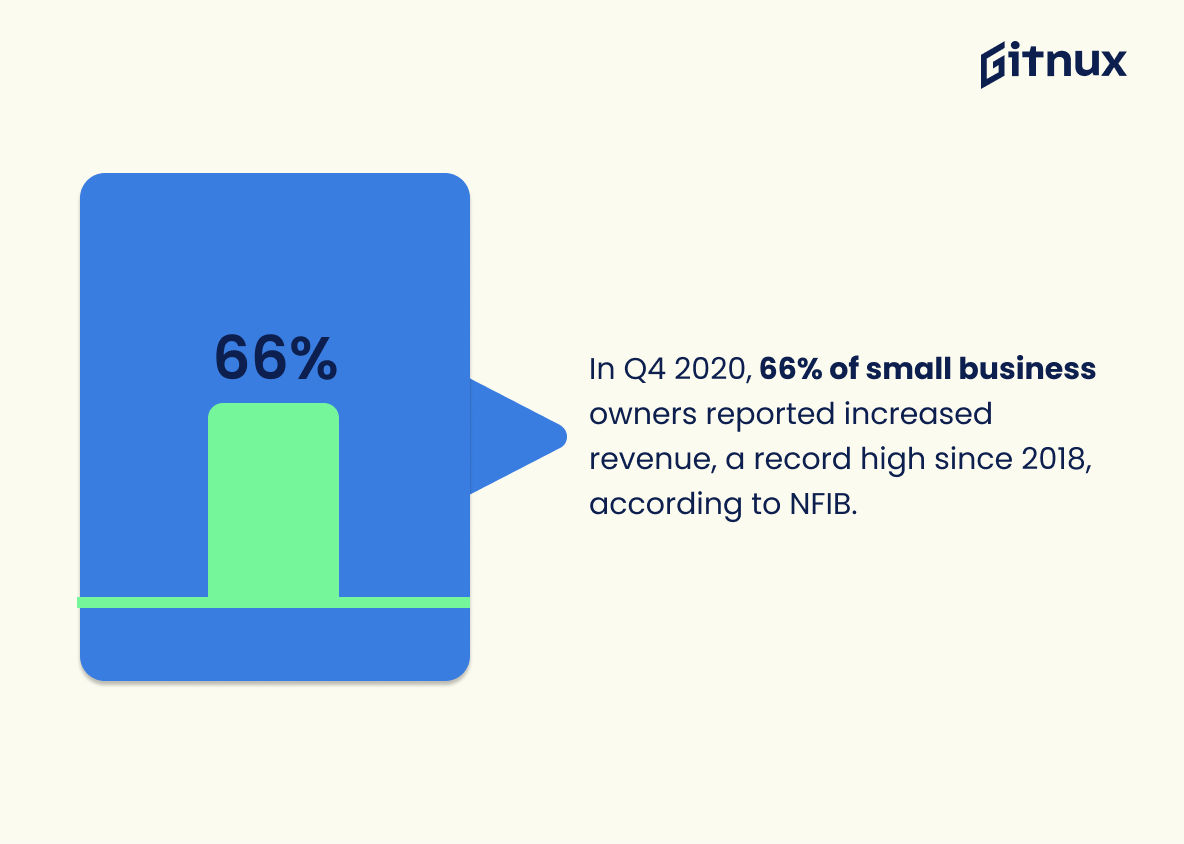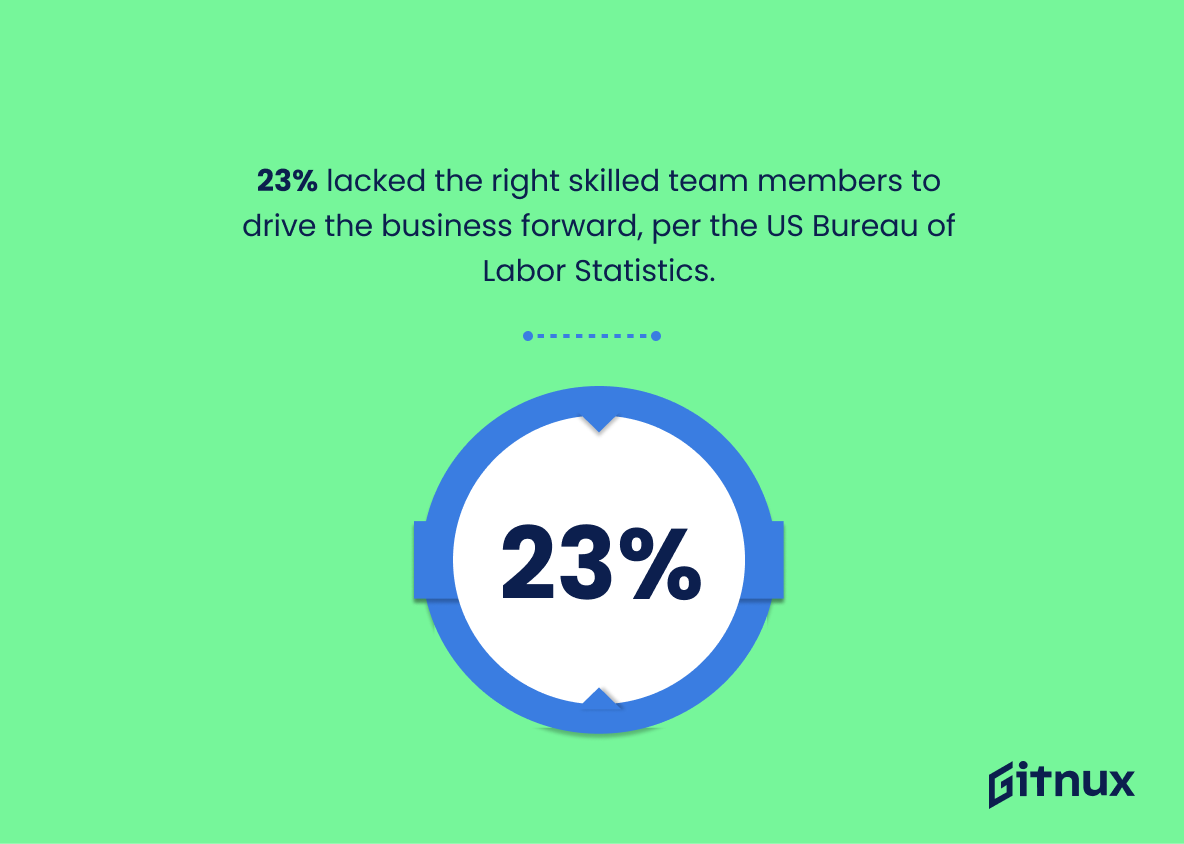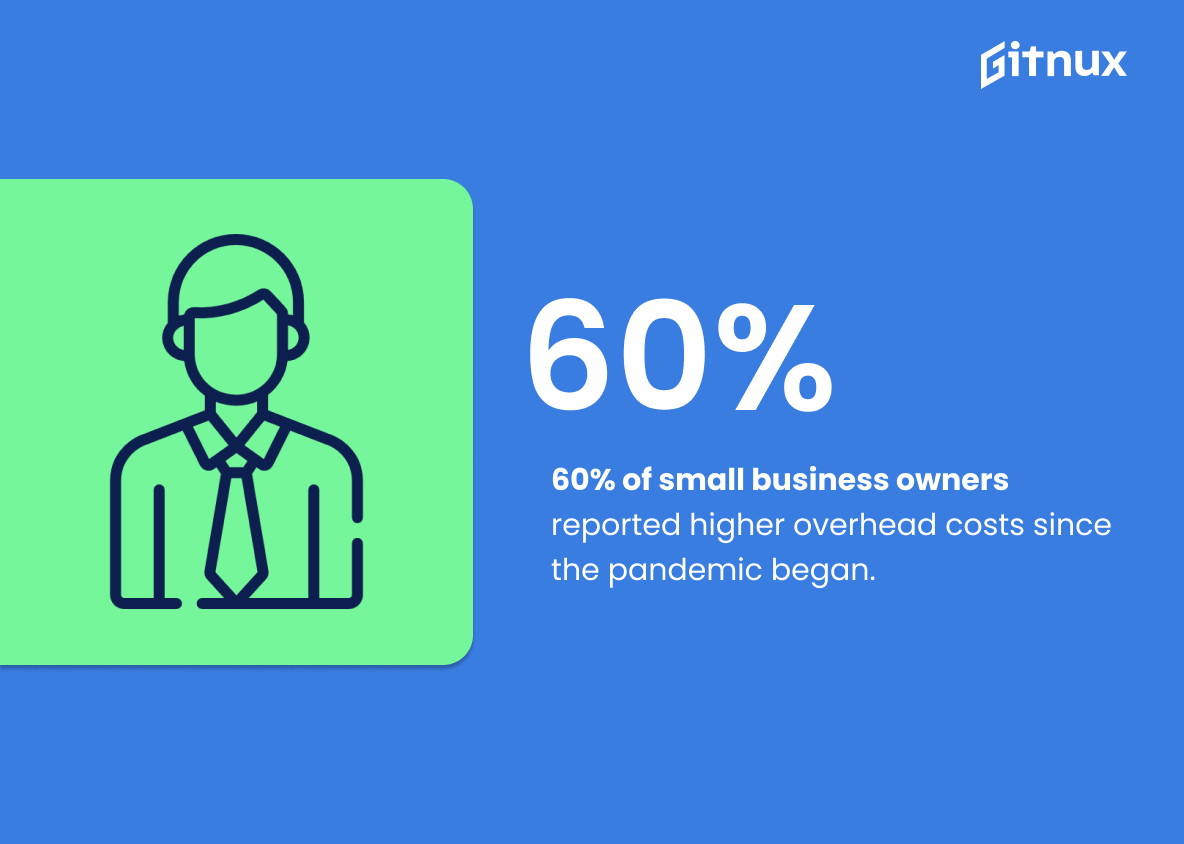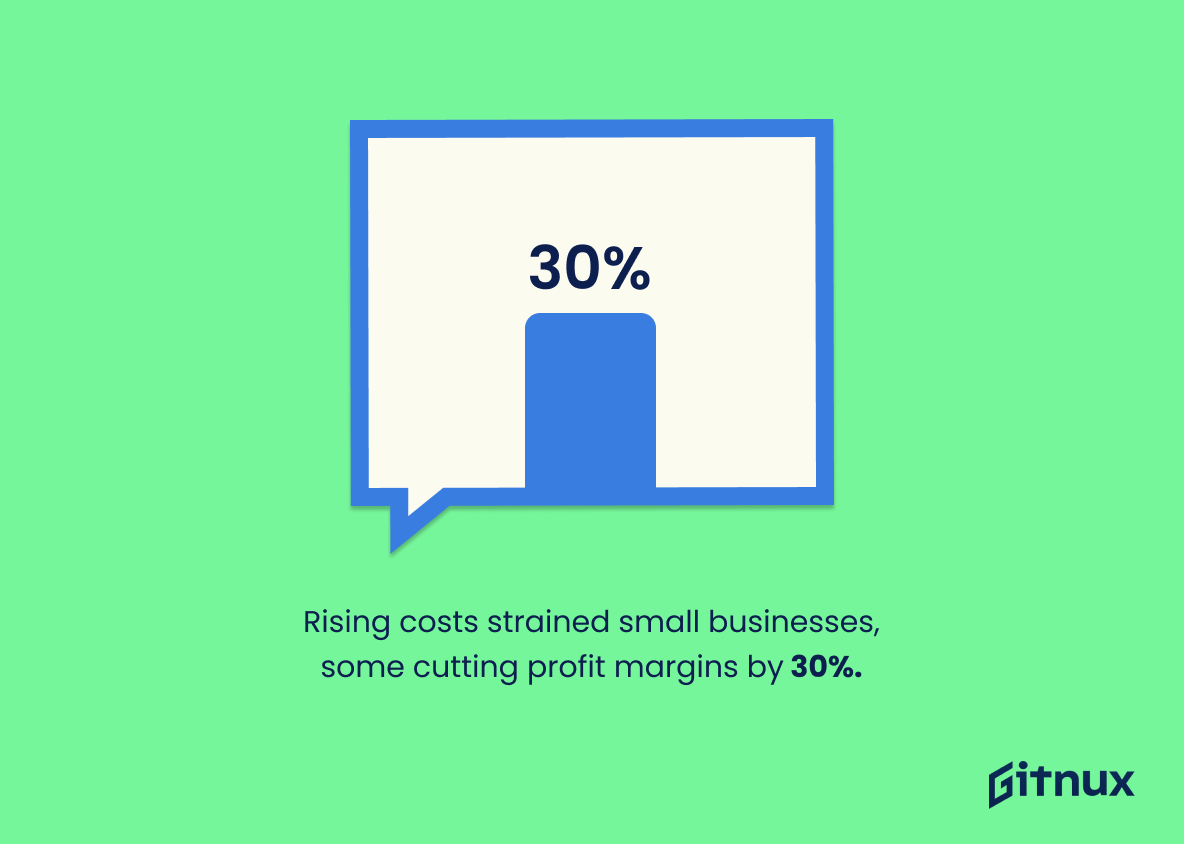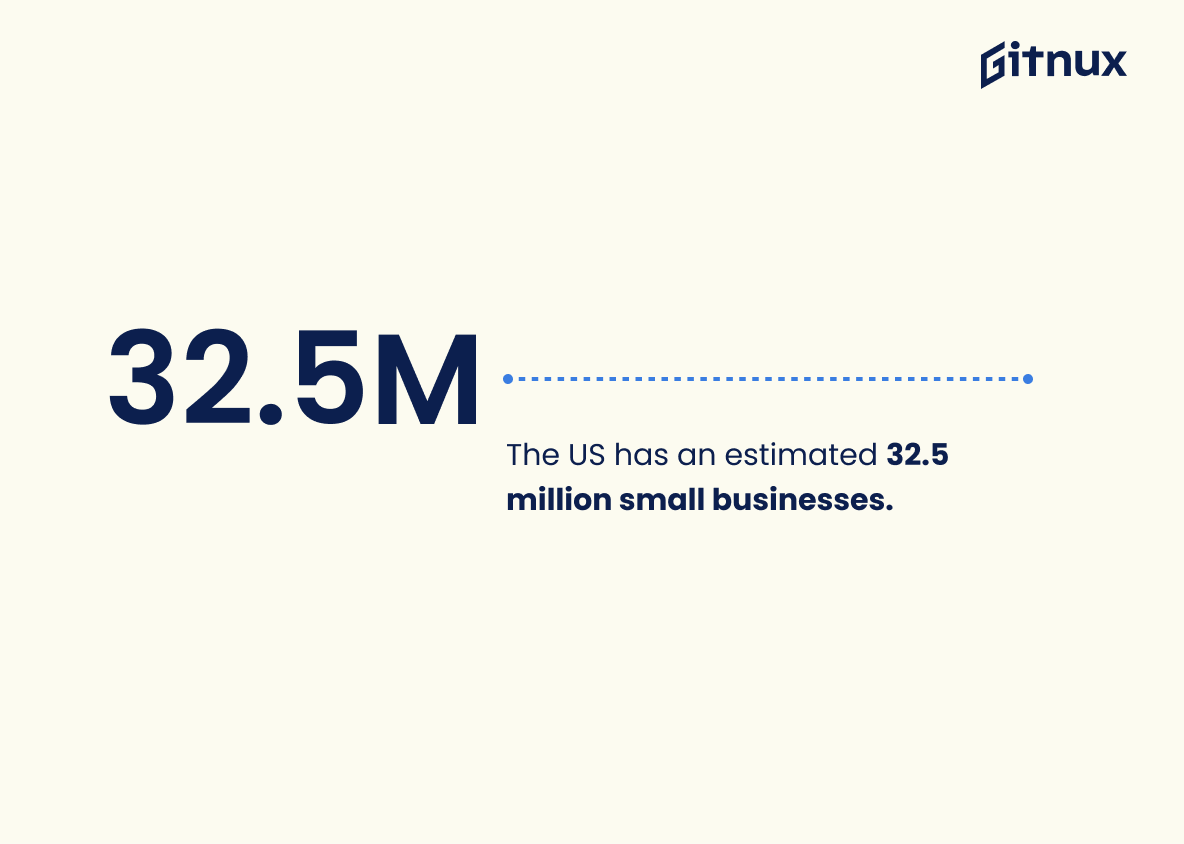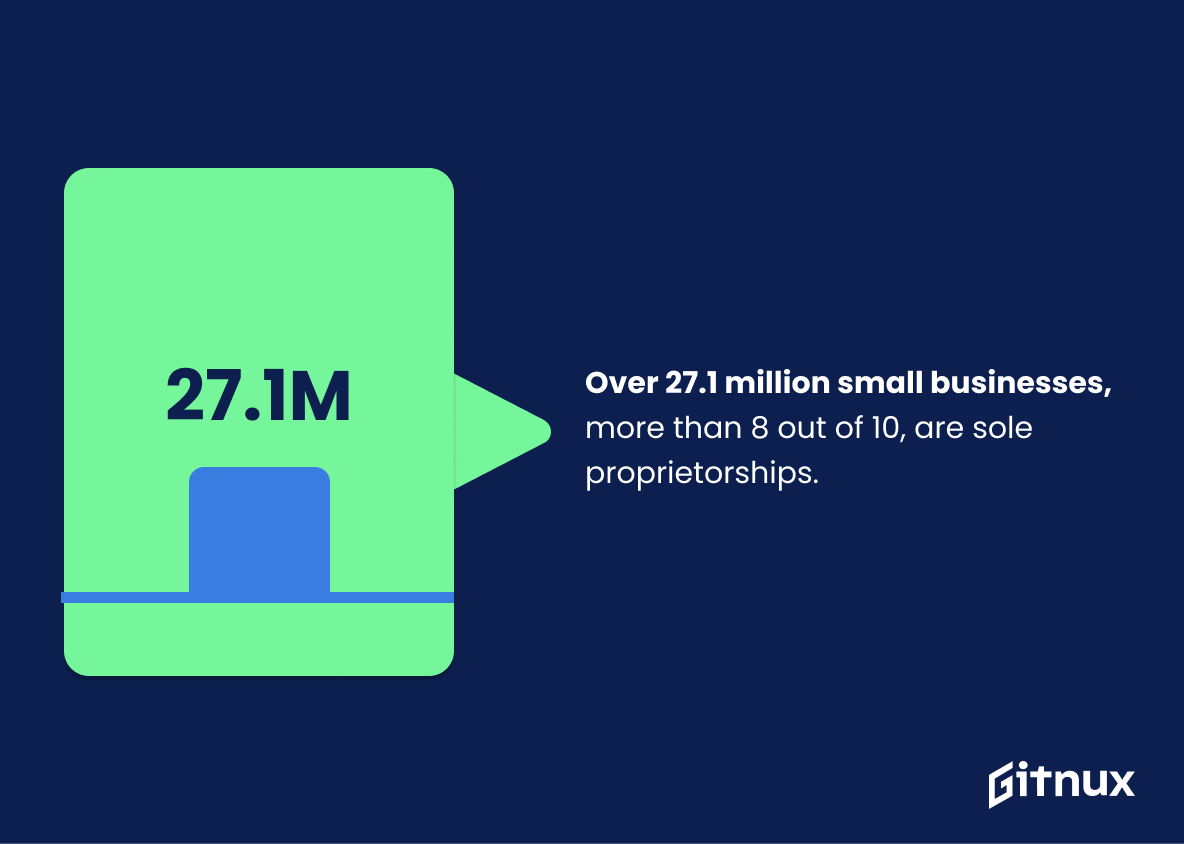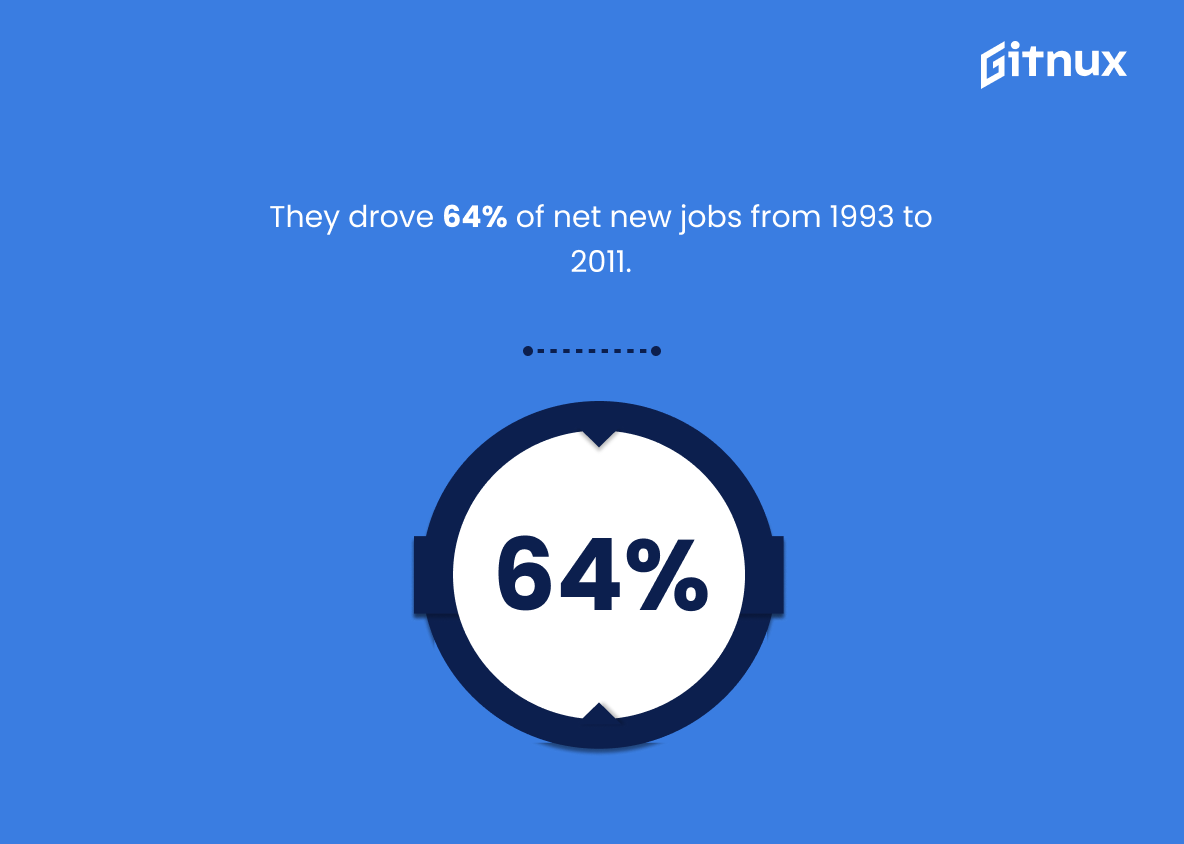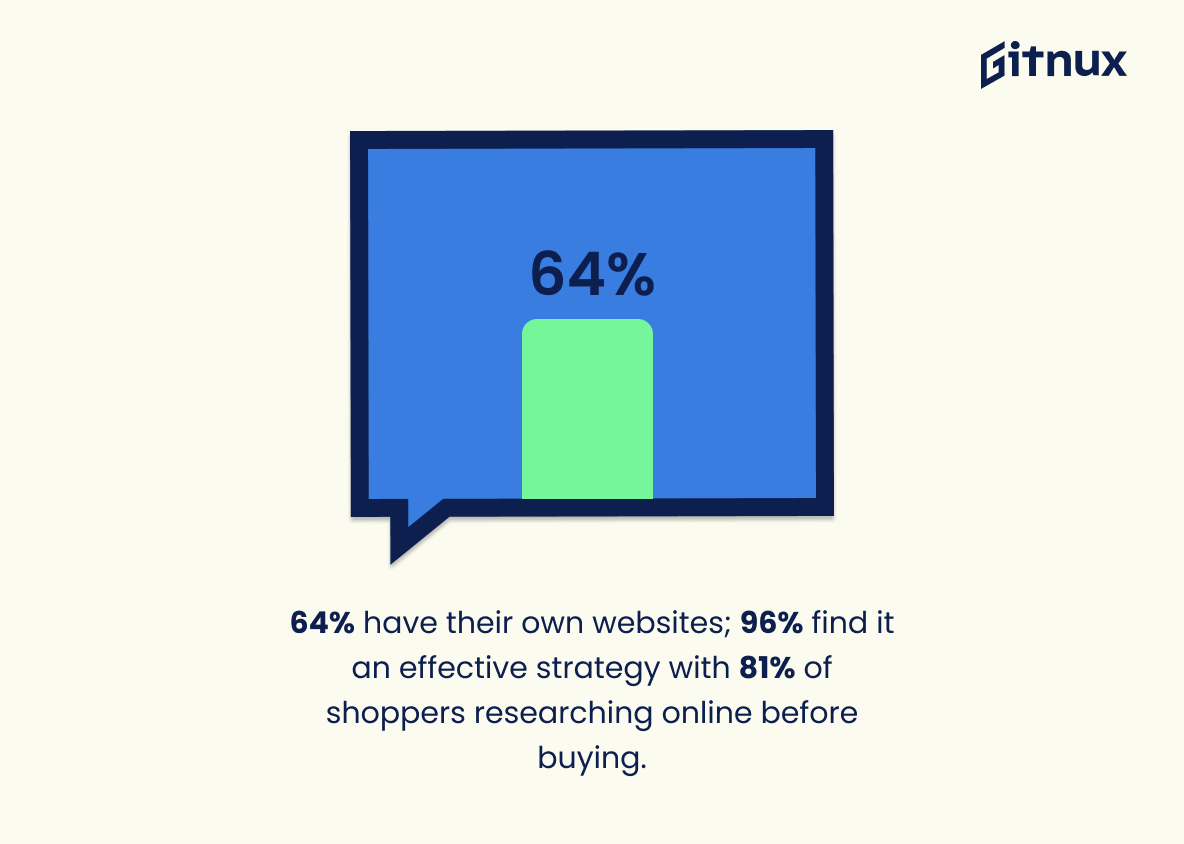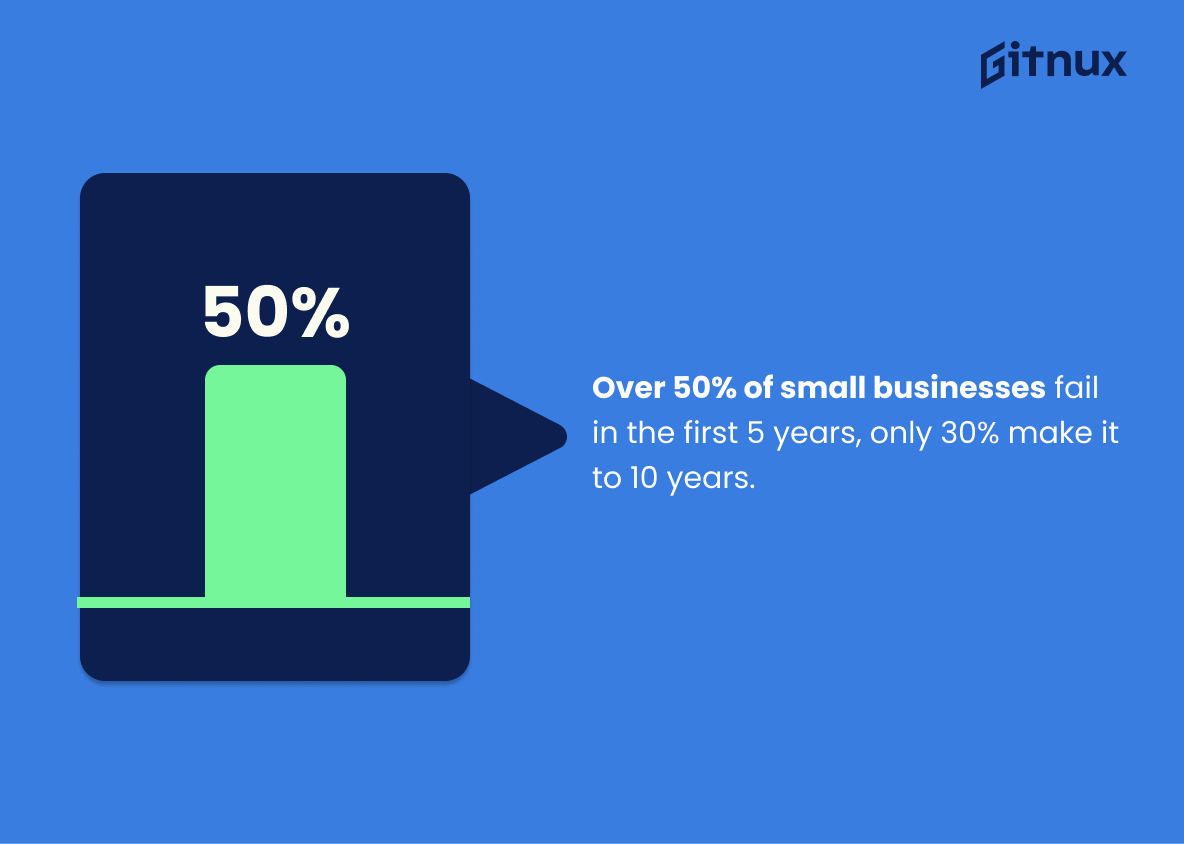In the modern era, the significance of small businesses has grown rapidly, playing a key role in the global economy. According to small business statistics, these businesses are often regarded as the backbone of many countries since they contribute substantially to national income and offer valuable opportunities for entrepreneurs, creating new jobs and providing important services.
Nevertheless, they encounter a wide range of challenges that can be complex and demanding to navigate.
Are you a driven individual with an entrepreneurial spirit who is keen to make modest but significant breakthroughs in business? In this case, you’ve found the right place! In the article, we’ll investigate the world of small business statistics by analyzing the factors that contribute to their success and identifying potential barriers that could hinder their growth.
Small Business: The Most Important Statistics
Nearly 60 million individuals are employed by small businesses, or roughly 47.3% of all American workers.
Millennials and Gen Zers are 188% more inclined than other generations to start a side company.
Small Business General Statistics
Small businesses have always been a cornerstone of the world’s economy and society, and statistics paint a bright picture of their significance.
Approximately half of the workforce in the private sector is employed by small firms, which comprise an astounding 99.9% of all enterprises in the country, according to the US Small Business Administration.
Research conducted by the Small Business & Entrepreneurship Council also shows that small businesses have been the driving force behind job creation since 1995.
Also, small businesses thrive in a range of sectors other than just job creation.
A National Bureau of Economic Research study found that small businesses create 13 to 14 more patents per employee than their larger competitors, which is a significant amount of innovation.
Small businesses are not just important domestically, they also play a critical role in global commerce.
Another study by the Small Business & Entrepreneurship Council showed that small businesses represent 97% of all exporters and produce 30% of the total export value.
Statistics further reveal that small businesses contribute up to 45% of the global GDP and employ up to 60% of the world’s workforce.
The National Bureau of Economic Research also found that small businesses have been responsible for creating two out of every three new jobs in the US over the last 17 years.
It’s also heartening to note that small business owners’ optimism is high.
According to the National Federation of Independent Business, small business owners expressed more optimism in the fourth quarter of 2020 than they had at any other time since 2018.
Small Business Growth and Revenues
The following findings make it clear that small businesses are a major driver of economic growth and job creation alike.
Globally, based on statistics, it has been found that small businesses created an additional 28 million jobs in 2020, accounting for 44% of all new jobs.
Another study conducted by the National Small Business Association also revealed that small businesses have weathered the pandemic better than expected, with three-quarters of businesses surveyed reporting their revenues were in line with or higher than pre-pandemic levels.
According to NFIB’s survey, 66% of small business owners reported that their revenues had increased in the fourth quarter of 2020, a record high since 2018.
Besides that, small businesses increased their total sales by 3% year over year, even though the global economy contracted by 4.4%.
Meanwhile, the Womply survey found that businesses that processed more than $100,000 in credit card transactions yearly had a 14% boost in revenue growth in 2020 in comparison to the previous year.
Small businesses that managed less than $100,000, on the other hand, have seen a 10% decline in revenue growth.
Hidden Costs of Small Business
Although reports may suggest that small businesses are faring well in the current climate, there are hidden costs that are often overlooked
For example, according to Small Business Hidden Costs statistics, 60% of small business owners have reported an increase in overhead costs since the pandemic began.
The International Monetary Fund (IMF) conducted a survey and found that the average small business owner in the US incurred an additional cost of US $15,000 to keep their business running during the pandemic.
In addition to these financial challenges, small businesses have had to invest more in operations, hiring, and technology to meet the evolving needs of their customers.
Permit and dues costs have increased by an average of 35%, and there has been a 48% increase in software and technology expenses in the past year.
These rising costs have put a financial strain on small businesses, with some reducing their profit margins by up to 30% just to stay afloat.
According to the Small Business Association’s 2020 findings, nearly one in four businesses has experienced losses of up to 30% or more.
Small Business in the United States
The US is considered to have the largest number of small businesses in the world.
The role of small businesses in the US economy is undeniable, not just in terms of job creation and economic activity, but also in exports.
The number of small businesses operating in the US at the moment is estimated to be 32.5 million.
The US Small Business Administration estimates that small businesses help compensate 99.7% of all employer organisations.
Moreover, it has been shown that 27.1 million small businesses, or more than 8 out of every 10 small businesses, are owned and operated by a single person.
Additionally, these businesses employ more than half of the private workforce and account for 44% of economic activity.
Further, they drive the US economy in large part, accounting for 64% of all net new jobs created between 1993 and 2011.
Not to mention that small businesses account for one-third of all exports.
Small Business Marketing
One of the most crucial components of small businesses is marketing, which enables them to advertise their products and services to prospective clients.
96% of small businesses claim they use platforms such as Facebook and Instagram as part of their marketing plan.
Additionally, one in ten small firms opts to forgo marketing altogether or spends less than $10,000 on digital advertising.
Whereas, 64% of small businesses have their own website and 96% of them reported that such a strategy is the most effective one, given that 81% of shoppers rely on online research before purchasing.
And that contributed to 20 to 40% more money being spent by customers who engaged with small businesses on social media, according to a study by Bain.
Moreover, 96% of small business reviews were positive, which led to prominent growth.
Small Business Challenges and Failures
The success of small businesses is well-recognised, yet there are two sides to the same coin; they also face a number of challenges and obstacles, ranging from inadequate funding to a lack of access to resources.
The U.S. Bureau of Labor Statistics reported that over 50% of small businesses fail within the first 5 years, whereas only 30% of them make it to the 10-year mark.
According to Fundera, 82% of small businesses fail due to their inability to manage and sustain a healthy cash flow.
In another study by Fundera, 42% of these businesses didn’t succeed due to their inability to generate enough demand for their products or services.
Further, team members also have an impact on work efficiency.
23% lacked the right team members with the necessary skills and knowledge to drive the business forward.
On top of that, many small businesses don’t have access to the same experience, training, and resources as larger businesses.
Statistics showed that 18% of businesses fail due to a lack of knowledge and experience, while 21% are attributed to poor management decisions.
Conclusion
To conclude, small businesses are incontrovertibly contributing to the overall economic growth of several countries across the world and making a positive impact in terms of job creation and entrepreneurial activities.
Nonetheless, they need to be well-equipped with knowledge and the right insight in order to compete with larger companies and thrive in the long term.
FAQ
What is a “Small Business”?
A small business is typically defined as a privately owned and operated business that has fewer than 500 employees and generates less revenue than larger corporations.
How do you start a small business?
Starting a small business involves developing a business plan, registering your business, obtaining any necessary permits or licences, securing funding, and hiring employees.
It’s important to research your industry and market to ensure that there is a demand for your products or services.
What are the benefits of owning a small business?
Owning a small business can provide several benefits, including the ability to be your own boss, set your own schedule, control your business’s direction, and potentially earn more money than you would as an employee
How can you finance your small business?
Mall enterprises can be financed in a variety of ways, including through personal savings, loans from loved ones and friends, bank or credit union company loans, small business grants, and venture capital.
References
Luisa Zhou: “Small Business Statistics: The Ultimate List in 2023”, cited in February 2023 (Source)
BusinessDIT: “9 Powerful Small Business Marketing Statistics 2022: The State of Small Business Marketing”, cited in February 2023 (Source)
BusinessDIT: “17+ Powerful Small Business Revenue Statistics in 2022”, cited in February 2023 (Source)
Forbes Advisor: “Small Business Statistics Of 2023”, cited in February 2023 (Source)
Devrix: “100+ Small Business Marketing Statistics and Trends in 2022 and Beyond”, cited in February 2023 (Source)
Fundera: “Small Business Marketing Statistics and Trends”, cited in February 2023 (Source)
CompanyDebt: “Biggest Struggles and Challenges for Small Business Owners”, cited in February 2023 (Source)
Semrush Blog: “73 Remarkable Small Business Statistics to Know”, cited in February 2023 (Source)
ZipDo, cited June 2023: Small Business Statistics
